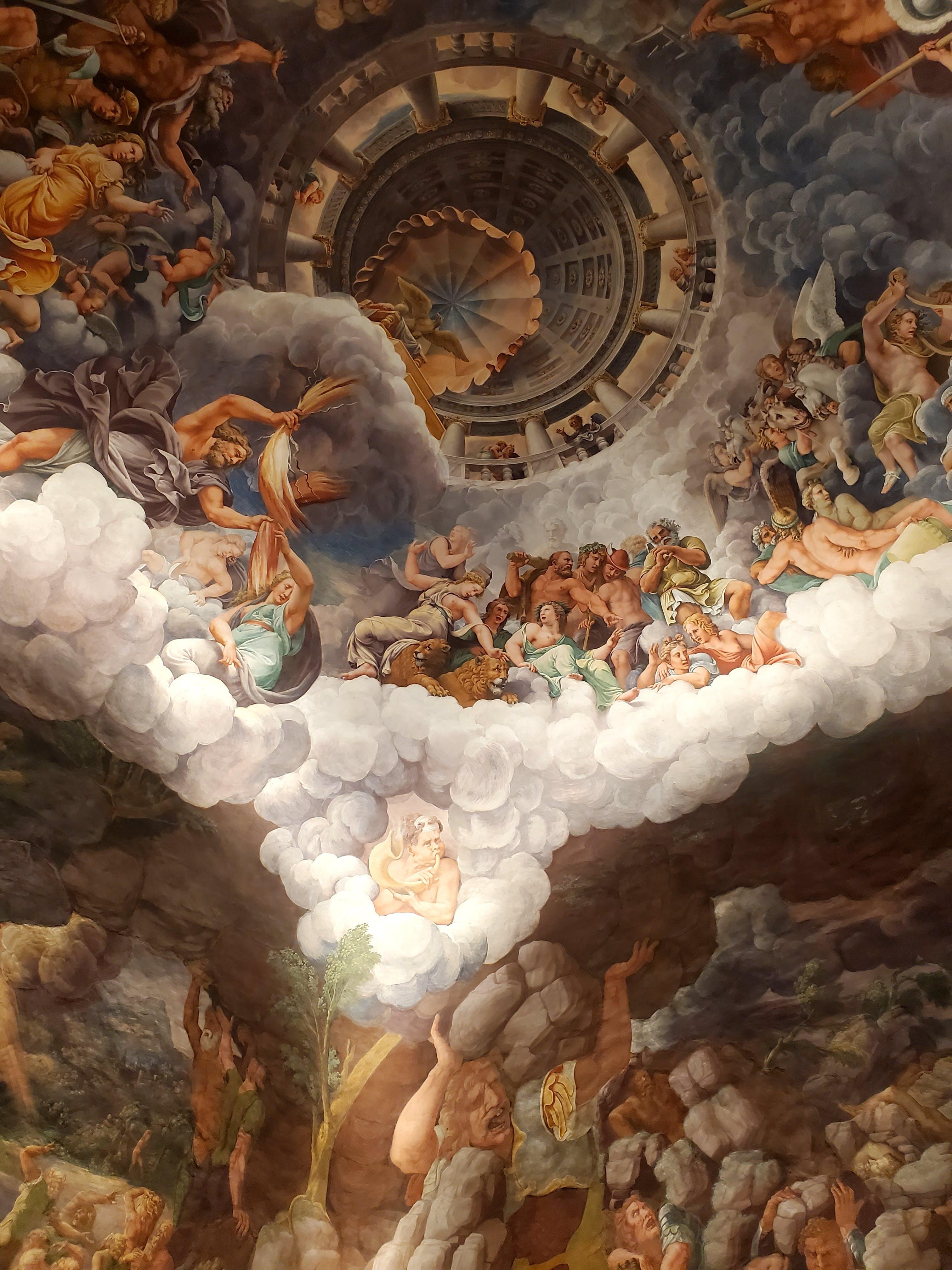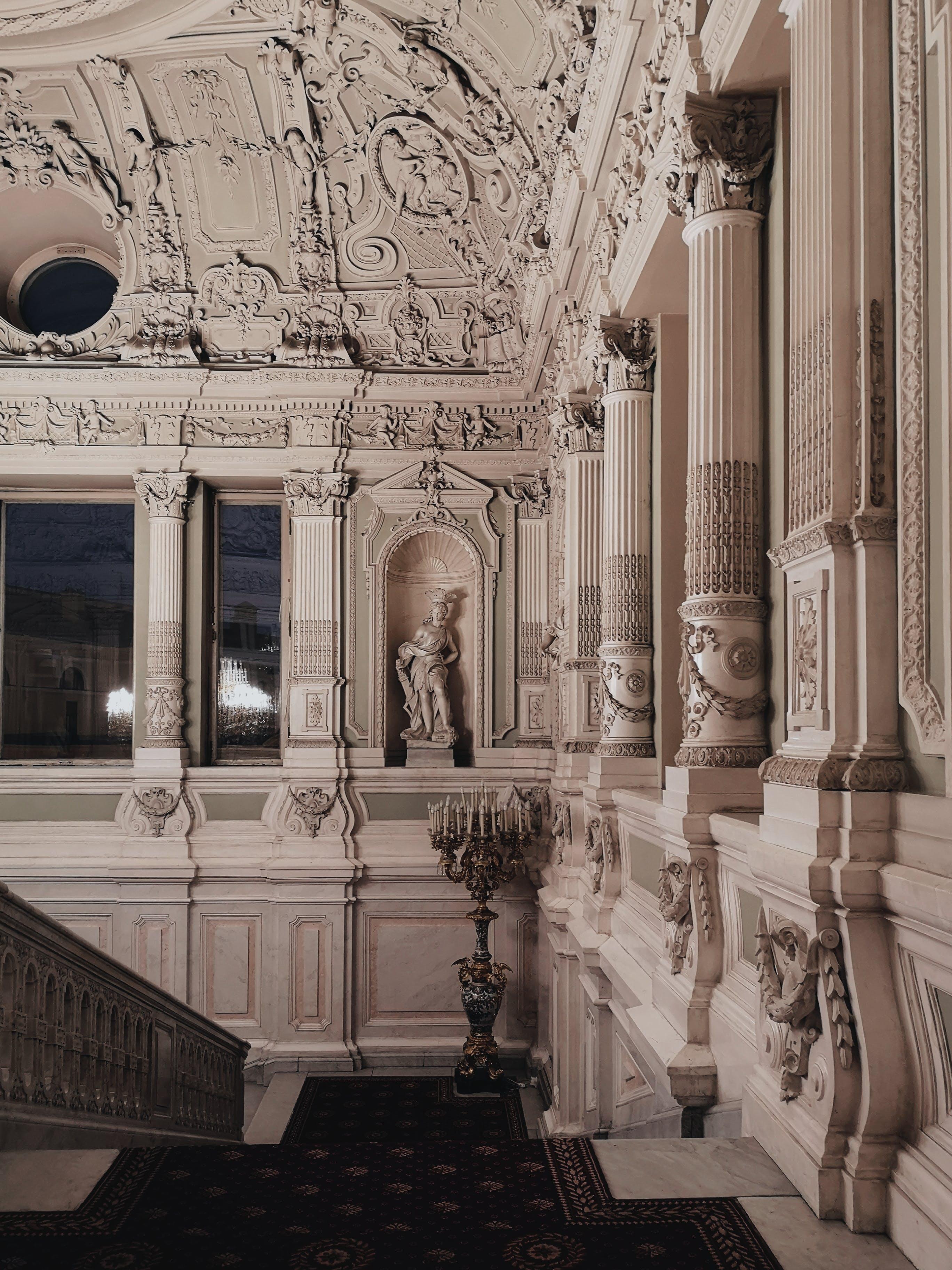Can you imagine a world without the magnificent works of Michelangelo, Leonardo da Vinci, or Rafael? The Renaissance period, which spanned from the 14th to the 17th century, transformed the world of art, culture, and society in ways that still resonate with us today. In this blog post, we will explore the lasting influence of Renaissance art and its relevance in the modern era.
During the Renaissance, artists embarked on a journey of exploration, curiosity, and self-expression. This period witnessed a significant shift in artistic style, with an emphasis on naturalism, perspective, and anatomical accuracy. The artists of the time sought to capture the beauty of the human form and the world around them, breathing life into their artwork. These masterpieces continue to captivate audiences, serving as a testament to the enduring power of the Renaissance.
Join us as we delve into the ways Renaissance art impacts our lives in the 21st century. From its contribution to the rise of humanism to its influence on religious and artistic themes, we will uncover the profound legacy of this period. So, fasten your seatbelts as we embark on a fascinating journey into the world of Renaissance art and explore its remarkable influence on our present-day society.

How Renaissance Art Continues to Shape Our World Today
The impact of Renaissance art can still be seen and felt in various aspects of our modern society. From the way we perceive beauty to the significance we place on creativity and innovation, the principles and aesthetics that emerged during this transformative period continue to influence us today.
Renaissance Art’s Influence on Fashion and Design
Renaissance art has played a significant role in shaping contemporary fashion and design. The emphasis on intricate details, vibrant colors, and harmonious proportions that characterized Renaissance artworks can be seen in the elegant designs found on fashion runways and in interior decor trends. From artistic embellishments to the revival of classical motifs, the influence of Renaissance art can be found in luxury fashion houses, home furnishings, and even graphic design.
The Impact on Literature and Writing
Not limited to visual arts, the Renaissance also had a profound influence on literature and writing. The period’s celebration of humanism and the pursuit of knowledge gave rise to a renewed interest in classical literature and the written word. This intellectual revival laid the foundation for the development of modern literature and the birth of the novel. The works of Renaissance literary giants such as William Shakespeare and Miguel de Cervantes continue to captivate audiences today, their prose and themes echoing the humanistic values of the time.
Renaissance Art’s Contribution to Science and Innovation
The Renaissance was not only a period of artistic and literary advancements but also a pivotal time for scientific discovery and innovation. Artists of the time, such as Leonardo da Vinci, sought to understand the world through observation and experimentation. Their explorations in anatomy, physics, and engineering not only pushed the boundaries of artistic representation but also paved the way for scientific breakthroughs that continue to shape our modern world.
Influence on Modern Education and Critical Thinking
The humanistic values championed during the Renaissance had a lasting impact on education and critical thinking. The emphasis on individualism, rationality, and the pursuit of knowledge led to the establishment of modern educational institutions and the promotion of liberal arts education. Today, these values remain integral to our educational systems, encouraging students to think critically, explore various disciplines, and develop a well-rounded understanding of the world.
The Legacy of Renaissance Art in Pop Culture and Entertainment
In the realm of popular culture and entertainment, the influence of Renaissance art is ubiquitous. From Hollywood movies depicting historical figures and events to contemporary music videos featuring Renaissance-inspired aesthetics, the echoes of this transformative period are everywhere. Through these mediums, Renaissance art continues to captivate and inspire audiences, keeping the spirit of innovation and creativity alive in our modern world.
While the Renaissance took place centuries ago, its impact continues to be felt today. From fashion to literature, science to education, and pop culture to artistic expression, the influence of this remarkable period is deeply ingrained in our society. By recognizing and appreciating the contributions of Renaissance art, we not only honor the past but also gain a deeper understanding of ourselves and the world we inhabit.

FAQ: How Does Renaissance Art Influence Us Today
How does Renaissance art influence us today
Renaissance art continues to have a profound impact on our modern world. Its influence can be seen in various aspects of our lives, from art and architecture to literature and philosophy. The principles and styles developed during the Renaissance continue to inspire and shape our society today.
What do historians mean by the term Renaissance humanism
Renaissance humanism refers to a cultural and intellectual movement that emerged during the Renaissance period. It placed a strong emphasis on the study of classical literature, human potential, and individualism. By valuing human achievements and placing humans at the center of their world, Renaissance humanists paved the way for modern ideas of human rights and equality.
What are 5 facts about Renaissance
- The Renaissance period in Europe lasted from the 14th to the 17th century.
- It was a time of great cultural and intellectual growth, marked by a resurgence of interest in classical knowledge and art.
- The Renaissance saw the rise of prominent artists such as Leonardo da Vinci, Michelangelo, and Raphael.
- Italian city-states, particularly Florence, played a significant role in the development and patronage of Renaissance art and ideas.
- The printing press, invented by Johannes Gutenberg in the mid-15th century, revolutionized the dissemination of knowledge and contributed to the spread of Renaissance ideas.
What statement best describes the Catholic Church during the Renaissance
During the Renaissance, the Catholic Church held significant political and religious power. It was a major patron of the arts and played a central role in commissioning and supporting Renaissance artwork. However, the church was also criticized for its wealth and corruption, leading to the Protestant Reformation and the subsequent division of Christianity.
What were the major themes of the Renaissance
The major themes of the Renaissance encompassed a wide range of subjects, including humanism, individualism, secularism, and the revival of classical literature and art. These themes emphasized the potential of human beings, the importance of individual expression, the pursuit of knowledge, and a shift away from solely religious perspectives.
Why is the Renaissance still important today
The Renaissance continues to hold immense importance in our modern society. Its emphasis on human potential, individualism, and the pursuit of knowledge lays the foundation for many of our core values and beliefs. The innovations and achievements of the Renaissance continue to inspire and shape our art, science, literature, and social institutions.
What impact did humanism have on the Renaissance
Humanism had a profound impact on the Renaissance by shifting the focus from a solely religious worldview to an emphasis on the potential and achievements of human beings. It encouraged the study of classical literature, art, and philosophy, which led to significant advancements in various fields. Humanism also played a crucial role in the development of individualism, secularism, and the spread of Renaissance ideas beyond Italy.
What is the most important legacy of the Renaissance period
The most important legacy of the Renaissance period is arguably the shift it brought about in human consciousness. The Renaissance challenged traditional beliefs and paved the way for the Enlightenment and subsequent intellectual movements. Its emphasis on human potential, individualism, and the pursuit of knowledge laid the groundwork for modern ideas of democracy, scientific inquiry, and human rights.
Thank you for reading our FAQ on how Renaissance art influences us today! We hope you found it both informative and entertaining. If you have any further questions or comments, feel free to reach out. Stay curious, stay inspired, and embrace the legacy of the Renaissance! Keep creating and appreciating art, because, let’s face it, life would be a lot less colorful without it.
